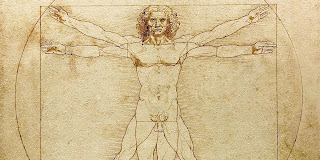Event 1

The event I attended was called "Silent Vibrations and Silent Echos" by Ivana Dama. This event happened on April 17 and I thought it was a very interesting topic because Ivana is from Serbia, Belgrade and she was using her experience from the bombing into art. She talked about the connection between sound, memory and humans experience and how she wanted to use those in her art and the project she's been working on. Down below is a picture of one of her work and it may look like there is nothing going on but the design in the art was made by sounds and it created this art. Ivana also mentioned her art work is used by the sounds and air from Belgrade when bombing was going on. This was very interesting because not many people can think this outside the box and she used negative energy into a positive artwork. Lastly this photo below shows one of her projects which she used of the the bombing alarms and put it I side a silent box and this project was a message that the wom...




